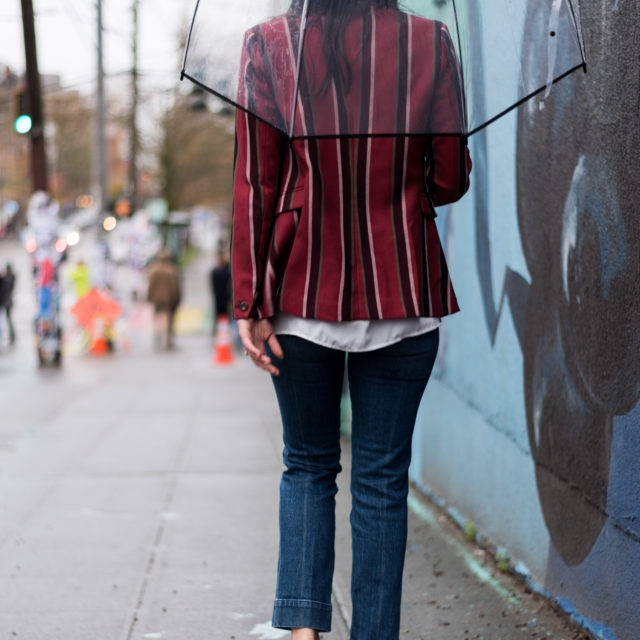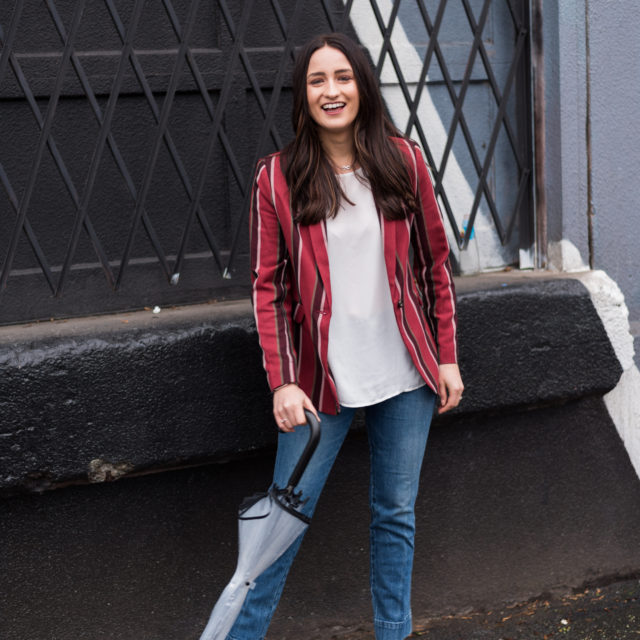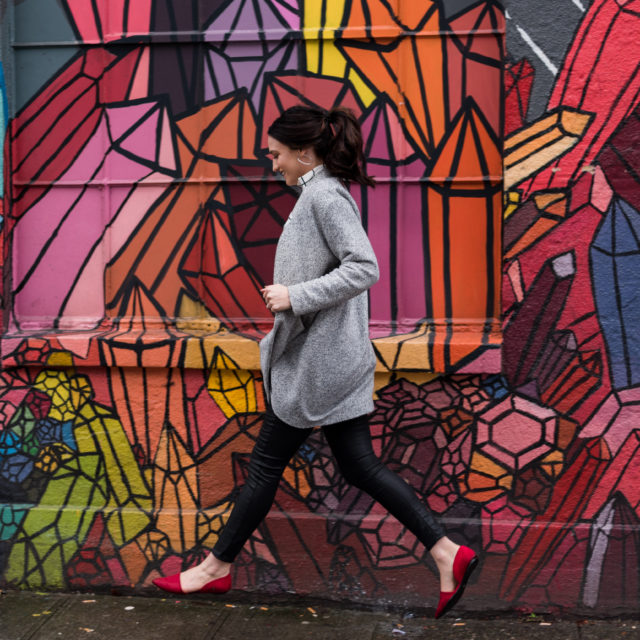“Back to school, back to school, to prove to dad I am not a fool. I got my lunch packed up, my boots tied tight. I hope I don’t get in a fight!!”
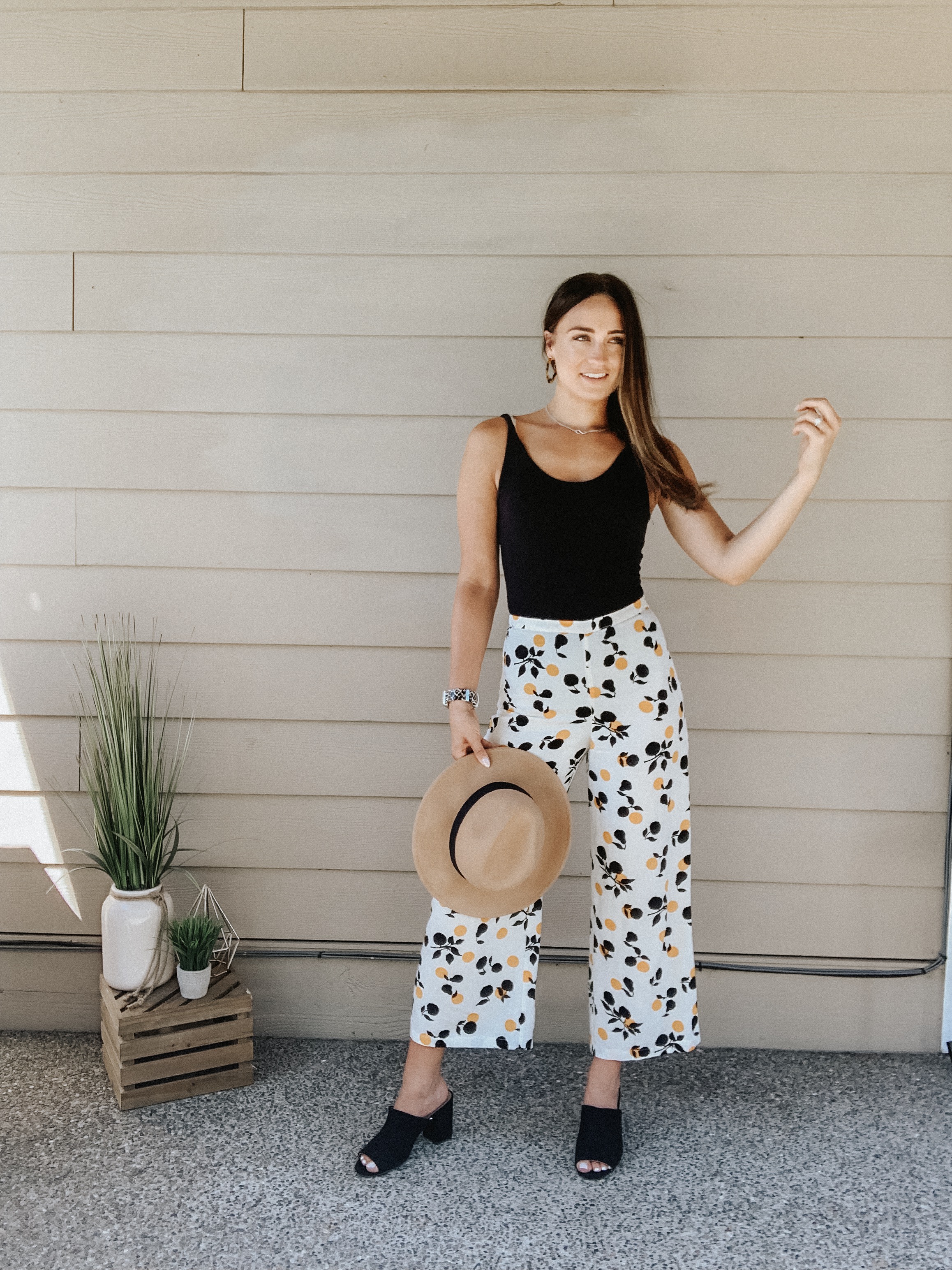 Well with that, it is almost that time for myself, back to school. Now I am no longer a student and in school but a behavior specialist who is working in schools, so my “school” is work. So back to work I go! Seriously I still dread this time as much as the students do, I would love to have a permanent summer, but that is not reality, and here I sit planning PD for teachers. As I am creating this PD, I was thinking about how teachers at this point are setting up classrooms and planning for their students to start. It brought me back to what I did and got me thinking about how my PD can be beneficial to teachers and setting up the year off on the right foot.
Well with that, it is almost that time for myself, back to school. Now I am no longer a student and in school but a behavior specialist who is working in schools, so my “school” is work. So back to work I go! Seriously I still dread this time as much as the students do, I would love to have a permanent summer, but that is not reality, and here I sit planning PD for teachers. As I am creating this PD, I was thinking about how teachers at this point are setting up classrooms and planning for their students to start. It brought me back to what I did and got me thinking about how my PD can be beneficial to teachers and setting up the year off on the right foot.
There is so so much that goes into a classroom set up and planning. From desk arrangements to curriculum, teachers are busy from August to the start of school. If you are currently setting up, I feel you and don’t forget to take breaks. Also, buy yourself something from the Target while you search the dollar section for the last purple bin!
Where to start with the beginning of the year??? For me, it was decorating, and arranging the room, and from there, I could begin to creating and planning for routines and teaching academia. So off I went, putting up bulletin boards, borders and creating a place for each subject, reading the writing, math, etc. I also made spaces for a library, carpet, whole group, and calming center. Then came desk arrangement, groups were my goto at the beginning of the year and changed them monthly the rest of the year.
The decor should, in my opinion, represent you as a human what you want the environment of your classroom to be, and a place that feels like home. Setting up was always fun, but what I loved more was planning on how to set up routines so that day 1, I was setting my kiddos up to be successful!
I wanna give y’all my advice and tips for starting the year strong for the students and your sanity!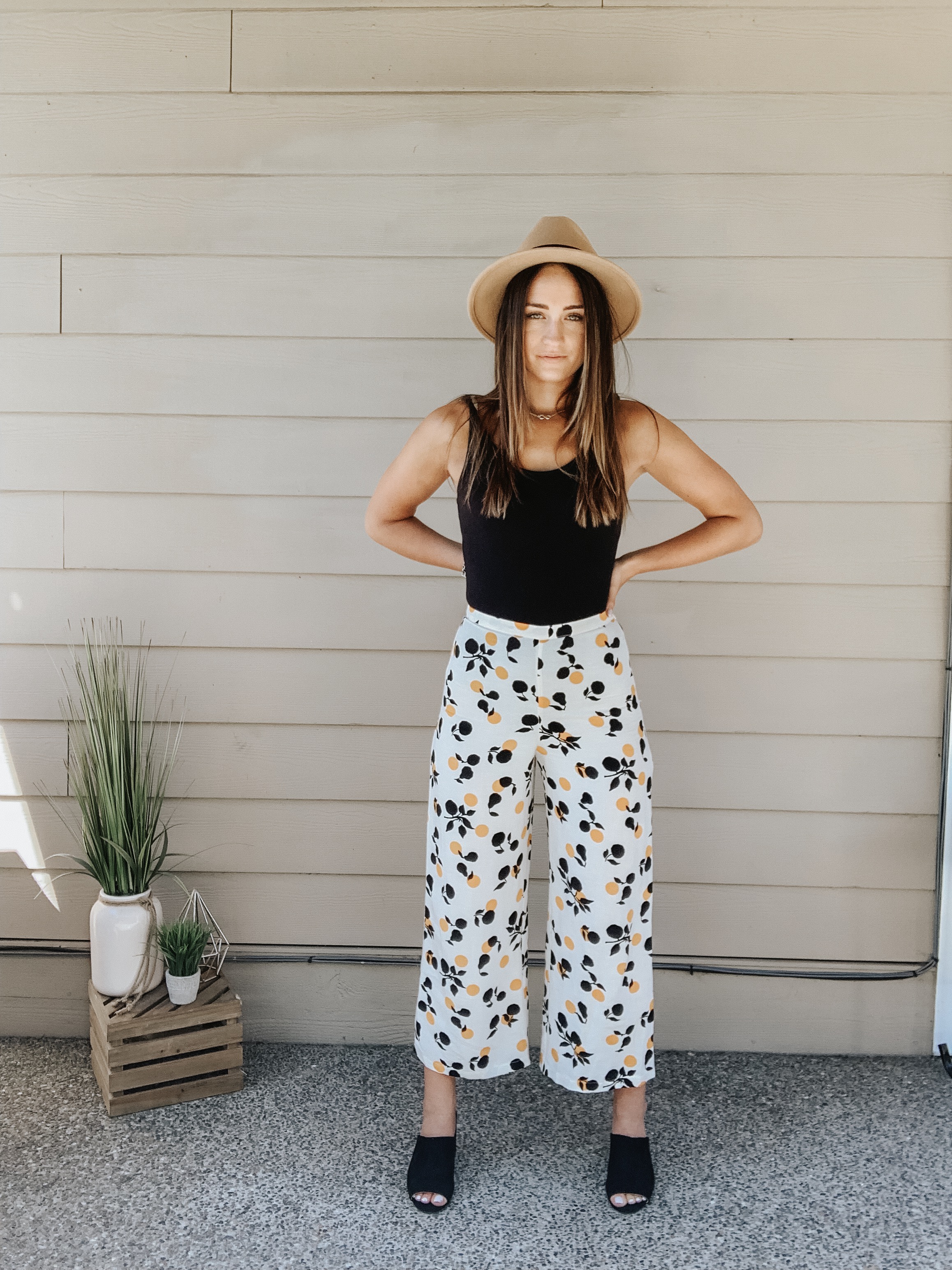
1 Expectations
Let’s jump in! First things first, you’ll want to think about expectations for EVERYTHING! From Sitting in their groups to transitioning from one subject to another, coming in from recess, working independently, the list goes on and on you’ll need to teach them how. Now you may be thinking well how the heck can I get all this up on the walls? How will I even go about teaching this! Well its pretty simple actually, I used a matrix! PBIS is a significant part of my current job and using the framework in teaching others to use it to create a learning environment that is trauma-sensitive, culturally relevant. To create this environment, you start with a matrix that has 3-5 expectations such as, Respectful, Responsible, and Safe. There should also be different areas or activities along the top column ( check the photo of one bellow).
Be thinking about what you want those activities to look and sound like, and during the year have your students add what they believe being respectful looks like or responsible in the classroom. After creating the matrix and getting student buy-in to teach and reinforce, practice, practice, and PRACTICE! LOL Now it is easy to teach them how, but it is harder for students to do it consistently. There is a solution, don’t worry. This solution comes from acknowledgments.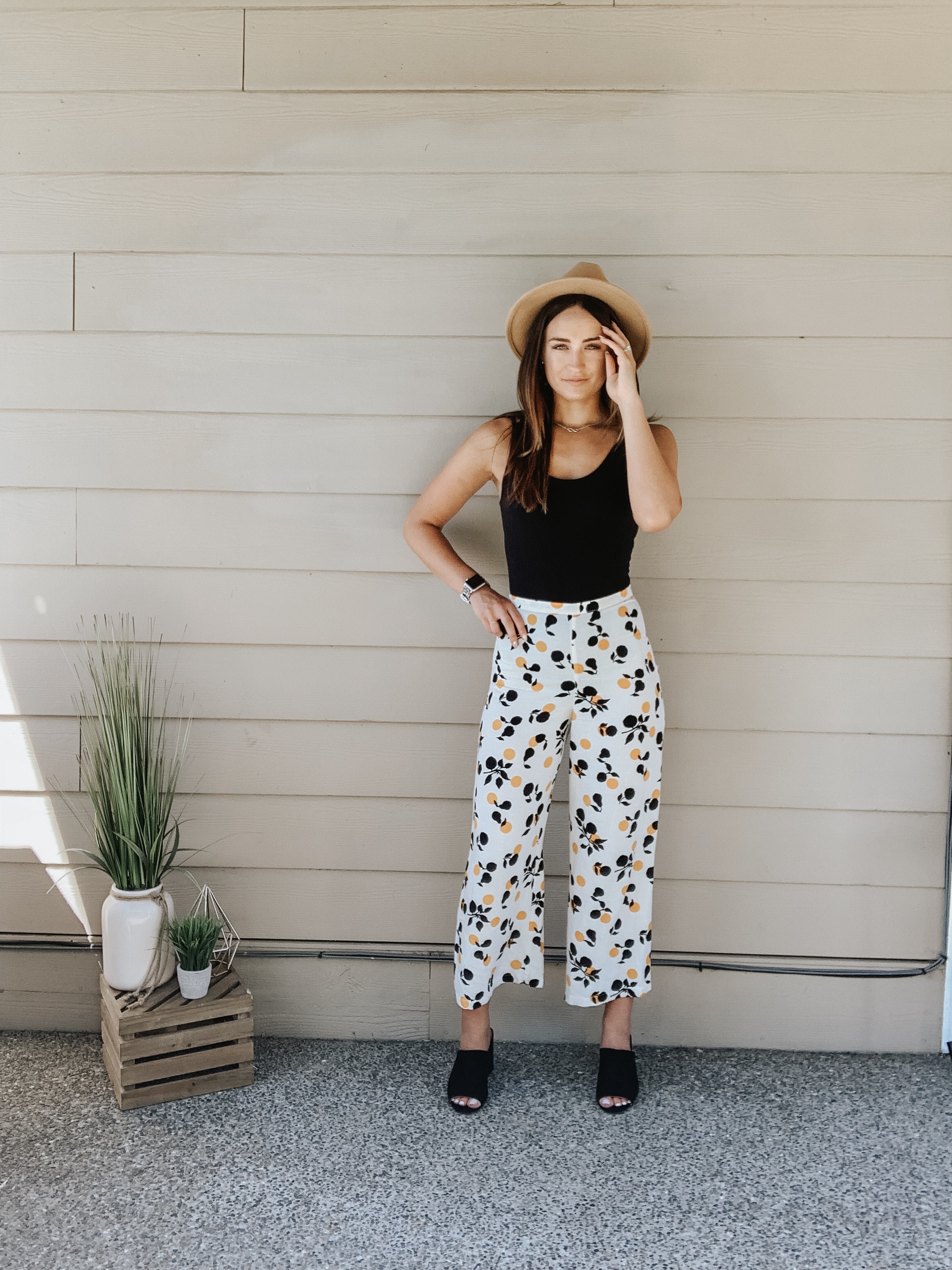
2 Acknowledgment system
Now before you tell me that students should know how to do this because you taught them and rewarding them for doing the “right” thing doesn’t teach them anything. I will stop you and tell you, YOU ARE WRONG. There is so much research de-bunking the ole theory that if you acknowledge for behavior, it won’t become something they do on their own. Let me give you this, every day you show up to work, and at the end or even twice a month you get a little thing called a paycheck, this is your acknowledgment for the hard work you put in. You are rewarded for showing up and doing what is expected. Being a student is the kids’ job, so let’s acknowledge them for doing it! Okay now that the elephant is outta the room let’s get back to it.
Acknowledging students for expectations is the keyway that will help routines stay consistent. So that you don’t in November look at your room and be like WTF is going on? (we’ve all been there) Your acknowledgment system is connected to your expectations and allows you to know precisely what to acknowledge and reinforce the students to do. So if it is sitting on your carpet spot is being responsible, when you see students doing that you recognize it with some time of tangible ( class point, personal point, ticket, etc.) with a verbal positive, i.e. I notice Elise is being responsible by sitting on her carpet spot, thanks, Elise hand her the card or give her the point. Naming and giving a tangible helps reinforce the behavior you want and hopefully reminds others to do the same and also, helps you from only noticing the negative ( or the kid entirely in their world). Rule of thumb the more of what you focus on happens, so if you focus on the positive you’ll get more of it, and if you focus on the negative, you’ll get more of it.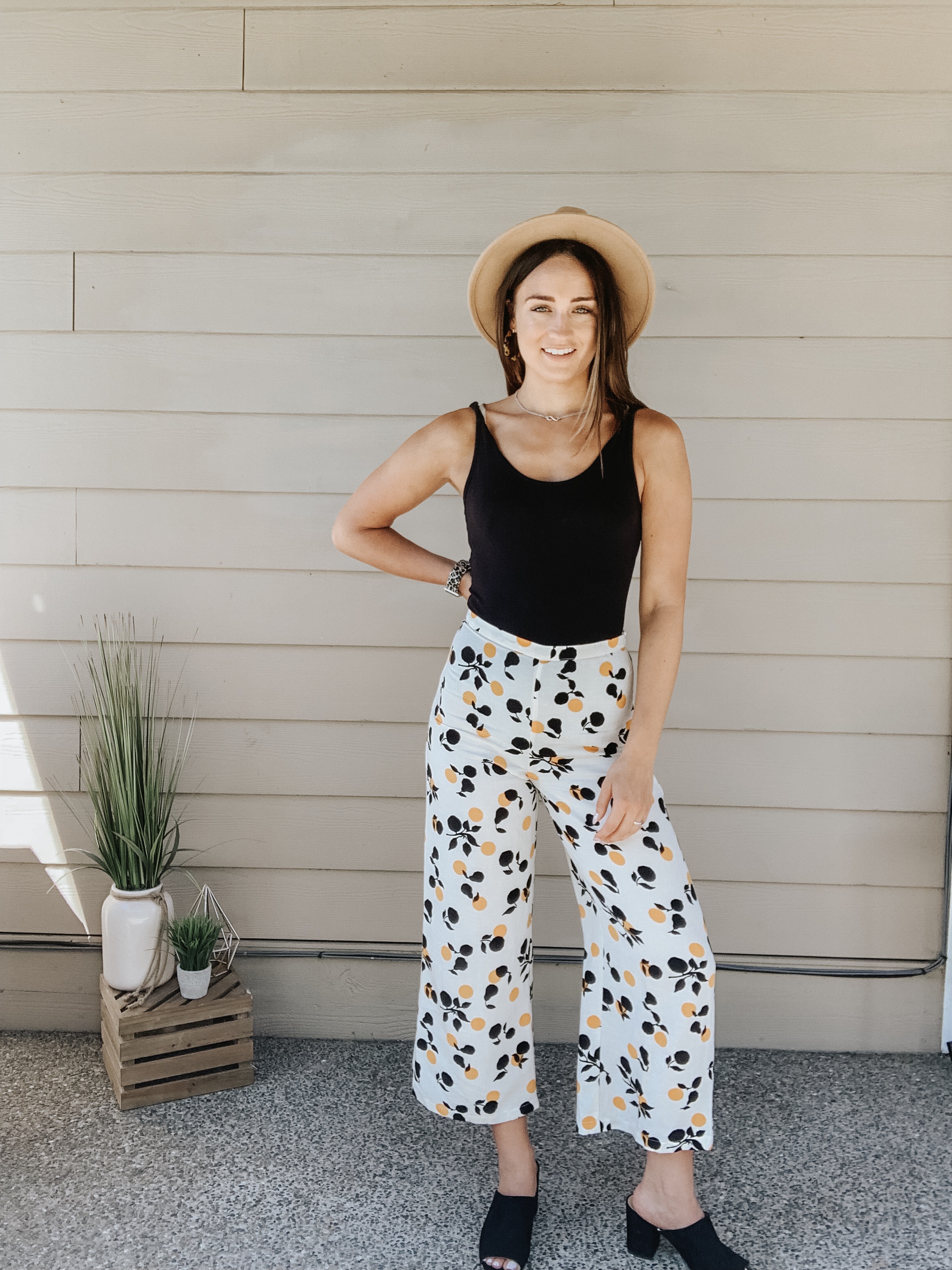
3 Routines
Oh, routines! My most favorite part! Routines to me are the golden nugget of teaching! Routines will save you so much time and effort in the long run! What is excellent about routines is that they tie directly into expectations. First, let’s talk about what routines I find to be the best to get started with at the beginning of the year.
At the beginning of the year there are routines, in my opinion, that needs to be set up! First, materials! If I had a dollar for every time a student told me they didn’t have a pencil, well I definitely wouldn’t need to be working! HAHAHA, I swear they eat them. That is my most significant piece of advice, set up a routine for how what and where your students keep their materials. Also, another teacher tip is to have EXTRA supplies for those kiddos who don’t have them and for when new students come mid-year. With this routine, do what works best for your kids and your classroom. For me, I had desks, and each student had a pencil box where they kept one glue, scissors, three pencils, and crayons or colored pencils. All the extras brought were put in the “class extras” (*, please make sure that parents know about this as it can be a bit upsetting to some parents, I let them know on the school supply list just so they weren’t surprised) box and I would replenish their boxes once a month again, for pencils 🙄 hahaha.
The next routine that I focus on is the bathroom! Give them a process for using the bathroom; otherwise, you might be shocked by how many students conveniently “use the bathroom” LOL! 😂
Other routines that I teach are group lessons, transitions, independent work, and silent reading. There was a routine for EVERYTHING in my classroom, and it made everything run smoothly and helped with no having to “put out fires,” but focus on teaching! As I taught a routine, it went on to our expectation poster to help remind me of what I was asking them to do so that I can acknowledge and continue to reinforce the behavior!
If you have made it this far BLESS YOU and happy setting up your classroom and may the odds be ever in your favor this year!
Let me know if you would want any other advice, tips, or questions you have for the classroom!
Honestly Elise

